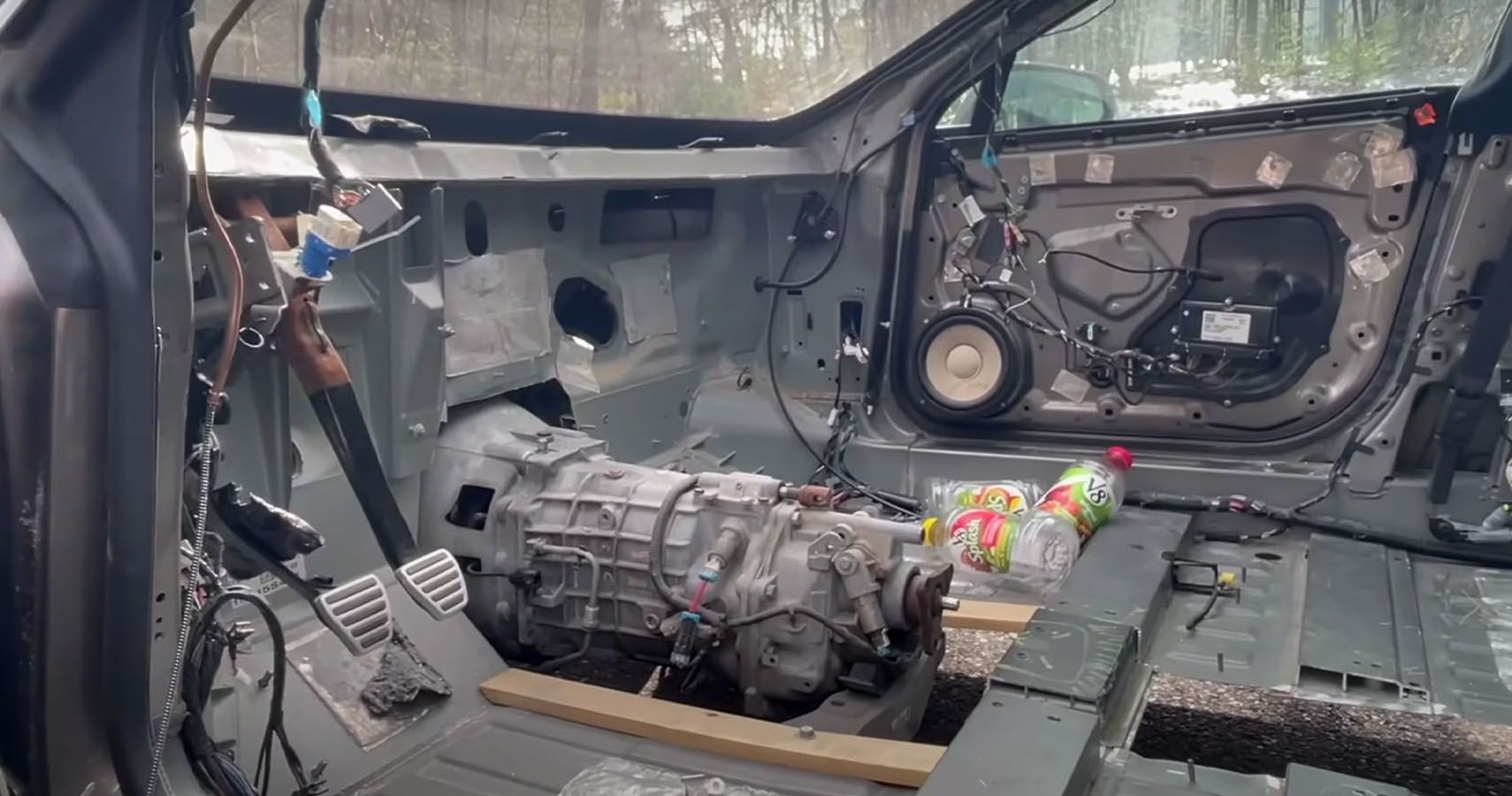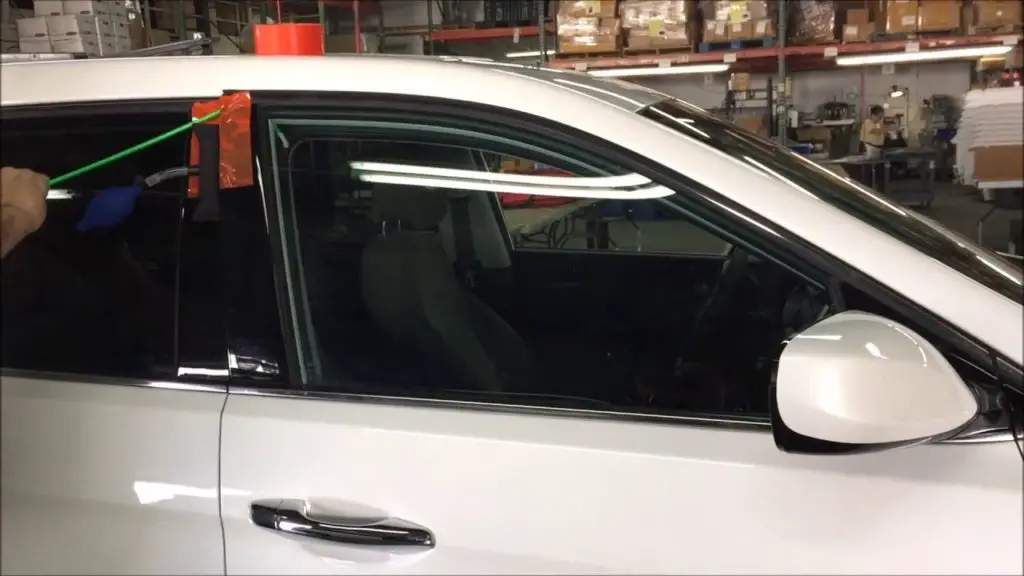Yes, you can swap a CVT transmission. However, it requires specific tools and expertise.
Swapping a CVT transmission is a challenging yet feasible task for skilled mechanics. CVT transmissions, known for their efficiency and smooth driving experience, are different from traditional gear-based systems. This means the process involves more than just replacing the transmission; it requires careful handling and precise adjustments.
Mechanics need to ensure compatibility with the vehicle’s electronics and software. While DIY enthusiasts may consider attempting this, professional assistance is highly recommended to avoid costly mistakes. Proper tools, knowledge, and experience are crucial for a successful swap, ensuring the vehicle runs smoothly and reliably post-installation.
Introduction To Cvt Transmissions
CVT stands for Continuously Variable Transmission. It has become popular in modern vehicles. CVT offers a smoother driving experience. Unlike traditional gearboxes, it does not use fixed gears. Instead, it uses a system of pulleys and belts. This allows for seamless acceleration.
Many automakers now prefer CVT. It improves fuel efficiency. It also reduces engine strain. Drivers often notice fewer jerks during gear shifts. This makes the ride more comfortable. The technology is especially common in hybrid and economy cars.
Traditional transmissions use a set number of gears. CVT uses a flexible system instead. This flexibility means it can adapt to driving conditions better. Traditional gearboxes can be less efficient. They often waste more energy. CVT can keep the engine at its most efficient RPM. This helps save fuel and reduces emissions.
Drivers might feel a difference in performance. CVT provides continuous power delivery. There are no interruptions for gear changes. This makes CVT unique and efficient. Many drivers appreciate its smoothness and efficiency.
Benefits Of A Cvt System
Swapping a CVT transmission offers improved fuel efficiency and smoother acceleration. This upgrade enhances driving comfort and reduces emissions.
Improved Fuel Efficiency
CVT systems help save fuel. They keep the engine running at the best speed. This means less fuel is used. Better fuel efficiency means fewer trips to the gas station. This saves money and helps the environment. Many car makers choose CVT for this reason. Your car can go farther with the same amount of fuel.
Seamless Shifting Experience
CVT systems provide a smooth driving experience. There are no gear shifts to feel. The car moves without jerks. This makes the ride more comfortable. Drivers enjoy a seamless shifting experience. It feels like the car glides on the road. This is a big plus for many people. CVT makes driving easy and fun.
Common Cvt Transmission Issues
Many drivers worry about the reliability of CVT transmissions. These transmissions can fail more often than traditional ones. Some models have more issues than others. Certain brands may have better reliability. Regular maintenance can help, but problems might still occur. Some people find CVTs confusing. Others think they are too complex. The smooth driving experience is nice, but it comes with risks. Changing gears feels different from regular cars. Breakdowns can be costly.
Maintaining a CVT transmission can be tricky. Special tools are often needed. Not all mechanics know how to fix them. Parts can be hard to find. Repairs might be expensive. Regular checks are essential. Oil changes are different from standard transmissions. Some drivers forget to follow the schedule. Ignoring maintenance can lead to big problems. DIY fixes are not recommended. Always consult a professional for issues.
Credit: www.quora.com
Assessing Cvt Swap Feasibility
Different cars have different transmissions. Not all CVT transmissions fit every car. Always check the manufacturer’s guidelines. Ensure the new CVT matches the engine. The car’s computer system should also be compatible. Some cars may need software updates. Always consult with a professional mechanic.
Swapping a CVT transmission can be expensive. Weigh the costs against the benefits. A new CVT may improve fuel efficiency. It can also enhance the car’s performance. But, the initial cost is high. Factor in labor costs and parts. Sometimes, a repair is more cost-effective. Always compare the long-term benefits with the expenses.
Step-by-step Guide To Swapping A Cvt
To swap a CVT transmission, you need specific tools and materials. First, a wrench set is essential. You also need a socket set. A jack and jack stands will lift your vehicle. Transmission fluid is required for the new CVT. Make sure to have a drain pan. Gloves and safety glasses are important for protection. Transmission jack helps in handling the heavy transmission. Don’t forget the new CVT transmission itself. Finally, a repair manual will guide you.
Start by lifting your vehicle with the jack. Secure it on jack stands. Use the drain pan to catch old transmission fluid. Remove the old transmission using the transmission jack. Carefully install the new CVT transmission. Refill with new transmission fluid. Reconnect all cables and check for leaks. Test the vehicle to ensure everything works well.

Credit: m.youtube.com
Professional Vs Diy Cvt Swap
Swapping a CVT transmission requires strong mechanical skills. Not everyone has these skills. Some people can handle basic car repairs. But a CVT swap is more complex. You need to know car parts and tools. Understanding the car’s manual is essential. Without this knowledge, you may face problems. It’s important to assess your skills before starting.
DIY CVT swaps can save money. But they have many risks. Mistakes can lead to more damage. This can be very costly. Professional swaps ensure the job is done right. You may spend more money, but you get peace of mind. Weigh the risks and rewards carefully before deciding.
Post-swap Cvt Maintenance
Regular maintenance is key to a healthy CVT. Check the transmission fluid levels often. Look for leaks under the car. Listen for unusual noises while driving. Inspect the belts for any wear or damage. Ensure the software is up to date. Always follow the car manufacturer’s guidelines. Routine checks can prevent costly repairs.
Keep your CVT cool by avoiding heavy loads. Avoid sudden acceleration to reduce strain on the transmission. Regularly change the transmission fluid as recommended. Use only the specified type of fluid for your CVT. Monitor the system for any warning lights. Drive smoothly to extend the life of the CVT. Proper care ensures long-term performance.
Real-world Case Studies
Many people have successfully swapped CVT transmissions. John’s car had a failing CVT. He replaced it with a manual transmission. The car now runs better and smoother. Sarah swapped her CVT for an automatic. She noticed an immediate improvement in performance. These stories show that swapping a CVT can be a great option.
Swapping a CVT transmission can be tricky. Many cars have different wiring systems. This can make the swap difficult. Finding the right parts can also be a challenge. It is important to check compatibility. Professional help may be needed. Mechanics can ensure everything is installed correctly. Proper planning and research can help overcome these issues.
Concluding Thoughts On Cvt Transmissions
Swapping a CVT transmission can be challenging but is achievable with the right tools and expertise. Ensuring compatibility between the new transmission and your vehicle is crucial.
Future Of Cvt In The Automotive Industry
CVT transmissions are becoming more popular in cars today. They offer smooth and efficient driving. Many car makers are investing in CVT technology. Electric cars and hybrids also use CVT transmissions for better performance. This trend shows that the future of CVT is bright in the automotive industry.
Some people still prefer traditional transmissions. Yet, the advantages of CVT are hard to ignore. As technology improves, CVTs will become even more reliable. The automotive industry will likely see more cars with CVT transmissions. It’s an exciting time for car enthusiasts and drivers alike.
Final Recommendations For Enthusiasts
Car enthusiasts should keep an eye on CVT advancements. Learning about CVT can help in making informed decisions. Regular maintenance is key to a long-lasting CVT. Always follow the manufacturer’s guidelines for best results. If considering a swap, consult a professional mechanic. They can provide the best advice for your specific car model. Enjoy the benefits of CVT and happy driving!

Credit: www.hotcars.com
Frequently Asked Questions
Are Cvt Transmissions Replaceable?
Yes, CVT transmissions are replaceable. Ensure a certified mechanic performs the replacement for optimal performance and longevity.
Can You Upgrade A Cvt Transmission?
Yes, you can upgrade a CVT transmission. Upgrades include performance tuning, software updates, and installing higher quality components.
How Much Is It To Replace A Cvt Transmission?
Replacing a CVT transmission typically costs between $3,000 and $5,000. Prices vary based on car model and location.
Can You Modify A Cvt Car?
Yes, you can modify a CVT car. Focus on upgrades like performance chips, exhaust systems, and intake systems.
Conclusion
Swapping a CVT transmission is possible but requires expertise. Ensure you have the right tools and knowledge. Consult a professional if needed. Proper maintenance can prolong your CVT’s life. Always consider the cost and benefits. Making an informed decision is key to vehicle longevity and performance.

